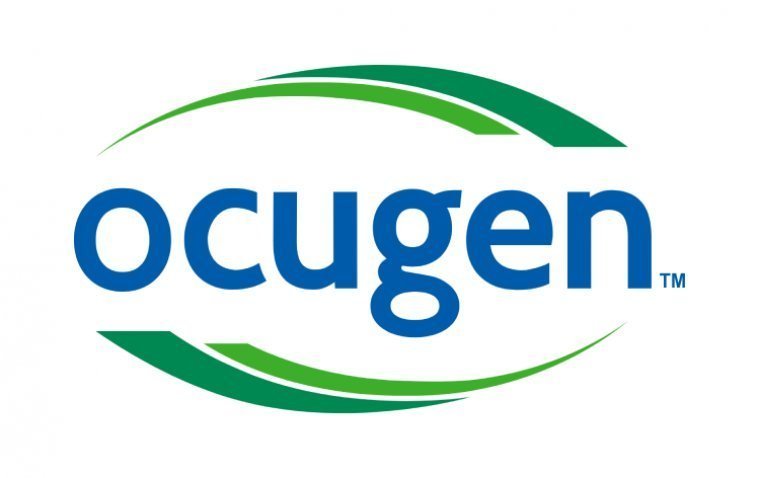
Atsena Therapeutics Completes Part A Dosing in Phase I/II Clinical Trial of ATSN-201 for X-Linked Retinoschisis
Atsena Therapeutics has successfully completed dosing in Part A of the LIGHTHOUSE study, a Phase I/II clinical trial evaluating the subretinal delivery of ATSN-201 for the treatment of X-linked retinoschisis (XLRS). The study represents an important step forward in developing a treatment for this debilitating inherited retinal disease.
About ATSN-201 and AAV.SPR Technology
ATSN-201 is a gene therapy candidate utilizing Atsena’s proprietary AAV.SPR spreading capsid. This innovative capsid enables the delivery of therapeutic levels of gene expression in the photoreceptors of the central retina while avoiding the surgical risks associated with foveal detachment.
Key Features of AAV.SPR:
• Lateral Spread: AAV.SPR enables gene expression far beyond the subretinal injection site.
• Safe and Efficient Transduction: Targets foveal cones without requiring surgical retinal detachment.
• Inflammation-Free Delivery: In preclinical non-human primate studies, AAV.SPR showed efficient gene delivery without inducing inflammation, marking a major advancement over standard AAV vectors, which remain confined to the injection site boundaries.
About the LIGHTHOUSE Study
The LIGHTHOUSE study (NCT05878860) is an open-label, Phase I/II clinical trial evaluating the safety and tolerability of ATSN-201 in patients with XLRS.
Study Details:
• Target Population: Male patients aged six and older with XLRS caused by pathogenic or likely pathogenic mutations in the RS1 gene.
• Design: Dose-escalation and dose-expansion trial.
• Status: Enrollment for Part B of the trial is ongoing.
The U.S. Food and Drug Administration (FDA) has granted ATSN-201 both Orphan Drug and Rare Pediatric Disease designations, recognizing its potential to address an unmet medical need.
Current Findings from Part A
Dr. Kenji Fujita, Chief Medical Officer at Atsena Therapeutics, shared encouraging results from Part A:
• Patients Treated: Nine adults across three dose levels.
• Key Observations:
- Structural and functional improvements observed at all dose levels.
- No serious adverse events related to treatment have been reported.
“Collecting data from Part A of the trial is an important breakthrough for Atsena because it validates the use of our novel capsid to effectively treat inherited retinal disease and it informs the safest and most effective path forward for Part B,” said Fujita. “We look forward to providing further updates from those patients early next year.”
Understanding X-Linked Retinoschisis (XLRS)
XLRS is a monogenic retinal disease caused by mutations in the RS1 gene, which encodes retinoschisin—a protein critical for the structure and function of the retina.
Key Characteristics of XLRS:
• Schisis: Abnormal splitting of retinal layers, particularly in the macula.
• Symptoms: Impaired visual acuity uncorrectable with glasses, eventually leading to blindness.
• Demographics: Primarily affects males and is typically diagnosed in early childhood.
Currently, there are no approved treatments for XLRS. The condition affects approximately 30,000 males across the U.S. and EU.
Statements from Atsena Leadership
Patrick Ritschel, CEO of Atsena Therapeutics
“This marks a significant milestone for patients with XLRS as we push to bring a therapeutic option to individuals that otherwise have no approved treatment. It also represents potential for individuals living with other inherited retinal diseases that could benefit from our novel capsid.”
Conclusion
The completion of Part A dosing in the LIGHTHOUSE study marks significant progress in Atsena’s mission to address X-linked retinoschisis. With promising early results demonstrating safety and functional benefits, ATSN-201, powered by AAV.SPR, has the potential to revolutionize treatment for XLRS and other inherited retinal diseases.
Further updates on the LIGHTHOUSE study are expected early next year as Atsena prepares for the next phase of this groundbreaking clinical trial.
(1).jpg)










